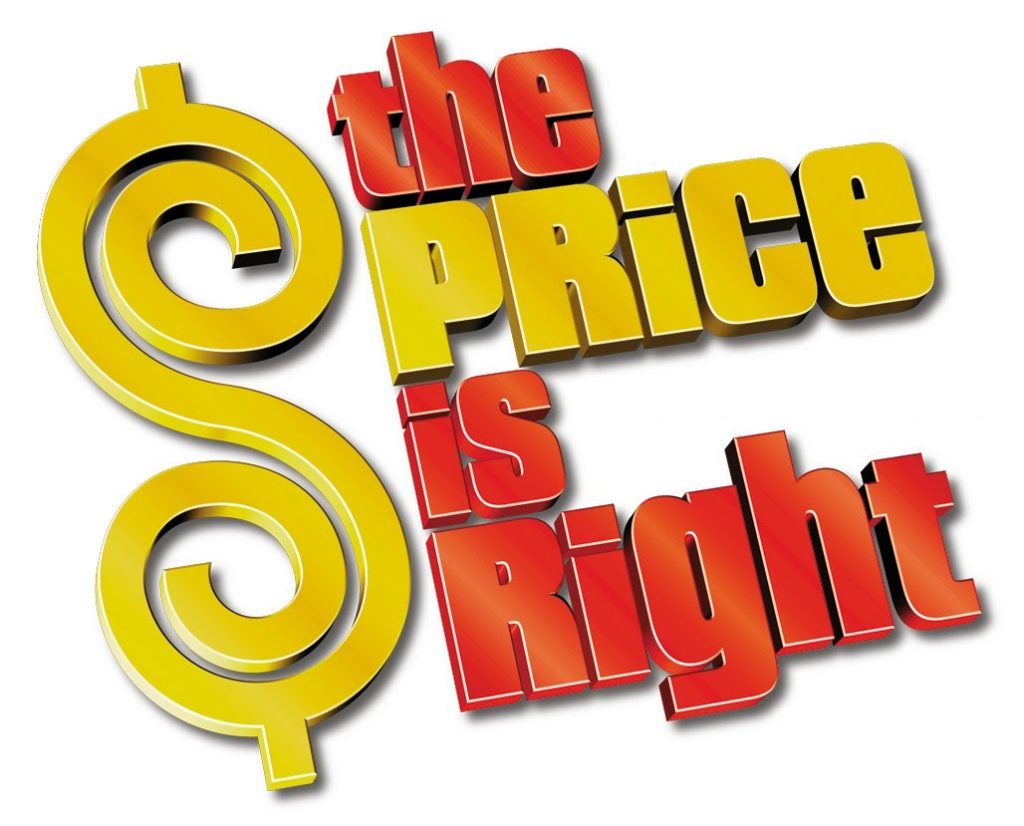
Pricing can be a difficult concept to master. There are a number of schools of thought that come into play. We will have a look at a couple of them here as they all have advantages and disadvantages and some are better suited to different market. We will also have a look at influencing factors that may come into play.
Margin Pricing
Conceptually, margin pricing is straight forward enough. You have a look at the cost of your product and your sell price is {product cost] X [margin].
You might decide that a suitable margin is 15% or 100% or 600%. When determining your margin, a more holistic view of prices needs to be taken into account. You probable retail more than one item – is the same margin going to be used across your offerings? How about your costs – you margins need to ultimately cover the cost of the product, cover your expense, and then provide you a profit. This profit either goes into your own bank, is used for business expansion purposes, aor is used to purchase additional stock. Either way, the margin needs to accommodate all these end results. Margin pricing works well when you are the sole supplier of a unique product with no competition.
Value Pricing
What if you produced a product for pennies in the pound and it provided tremendous value to those that purchased it. Would you price the product at its cost plus margin price or would you look at the benefit that the product has provided and price it accordingly.
This pricing model is easier to apply to professional services; think of a motivation consultant or business mentor. If what they provide can increase your bottom line from $100k to $200k pa do you think that they might be worth $25k?
Do you think that they would be worth $25k if the amount of time they invested was only 5 hours, and the stuff they are churning is a rehash of the stuff that they have presented to their previous 100 clients? For these types of services, it is always easier to aim for the low hanging fruit that produce the biggest returns.
Market Pricing
Market pricing is split into 2 areas; What will the consumer pay? And what are your competitors charging?
The first scenario could be seen as a way or gauging the most out of the paying public, until a tipping point is reached where consumers are no longer prepared to pay the price, even though demand will still be there. When this happens, consumers will look for alternatives to your goods and services, or modify their requirements so that your goods and servces are no longer needed items. A classic and very real current example is Bali tourism. It was once the meca for cheap holidays for Australians, however, rising prices, designed to extract additional spending money from the tourists, now make other south east Asian destinations just as attractive.
The flip side of this is that a higher price automatically assigns a value to your goods and services. Drop the price and the perceived value also drops, which then drops the desirability of the product. Remember stone wash jeans. These were the absolute must haves, then everyone started supplying them, prices dropped, and every man and his dog had a pair. I know that this example fringes on fashion and trends, but you get my point.
The second scenario occurs when you have multiple (maybe many) suppliers of the same or similar product or service. Now the consumer, not constraint to a small supply pool, determines the price of the product or service. The suppliers that can sustain the consumer led price will continue to supply it, whilst the others will quietly “go away”. Milk is $1.00 per litre, Bread is $1.00 per loaf. Unless you are in a different product space, volume sales can only be achieved at these price points.






